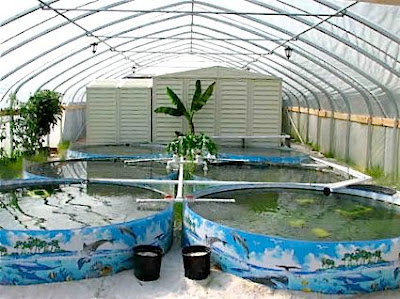Garment manufacturing business opportunity demands know how about the process technology and adequate knowledge in textile marketing. Ready made garment manufacturing business in today’s world is a multi-billion dollar industry. People have become more style and outfit conscious. This has provided a lot of scope for garment manufacturing business globally. Any passionate individual in garment activities can build this business though people from textile or fashion designing background are preferred.
Garment manufacturing business activity includes the operations of purchasing fabrics and materials from a textile producer, cutting and sewing them to make clothing materials and then selling them. In establishing a successful garment manufacturing business, you will need to be careful in choosing products, purchasing equipment, establishing your company as a brand and marketing your products. The better your designs are, the newer your concepts are -the brighter are your chances to flourish.
Products For Garment Manufacturing Business
Broadly three major categories of products include in garment manufacturing business. 1. Woven Garment, 2. Knit Garment and 3. Sweater Garment or woollen garment. Every category has a wide range of products like for men, women or kids. In woven garment, products are shirts, trousers in formal or casual styles. In Knit garment, products are T-shirts, Polo, etc.
Plan For Garment Manufacturing Business
It is important to do an extensive research prior and craft a business plan accordingly. Firstly, you need to select the specific product category that you will be making. Narrow your product profile as much as possible. Understand the industry and identify the key factors that are influential in garment oriented business. Estimate the production requirement and accordingly calculate the fixed capital investment including machinery and work space cost. It is advisable to have a detailed project report in hand before initiating the business. Determine your target audience and marketing strategy. Identify and assess your competitors and find out how you will compete with them. Crafting a business plan will help you in arranging finance and also you will get confidence whether your business is feasible or not.
Compliance For Garment Manufacturing Business
A number of licensing and registration regulations required in garment manufacturing business. Firstly, you need to register your business. The legal formalities in this business may differ according to your business location.
Machinery & Production Process For Garment Manufacturing
You will need to determine manufacturing machinery according to your product. There are apparel printing machines, fabric printing machine, t shirt printing machines, different sewing machines, double needle bar knitting machines, knit braiding machines etc. According to your plan select the specific machinery. Check the warranty period and on-site training before furnishing final order.
Basic Garment Manufacturing Steps:
Design / sketch → pattern design → sample making → pattern production → grading → marker making → spreading → cutting → sewing / assembling → inspection → pressing / finishing → final inspection → packing → dispatch
Raw Materials For Garment Manufacturing
Different types of quality textiles and fabrics are the major raw materials user for garment manufacturing. You will need to have several buttons, zippers also as per your requirement. Ensure the quality of the raw material that you are purchasing. Talk to the vendors and purchase the material from reliable suppliers with the right price.
Human Resources For Garment Manufacturing
Garment manufacturing is manpower involved business. The most important position is the designer. He or she actually performs the most crucial role in making the venture successful. Hire skilled and experienced manpower only for senior positions.
Promote Your Garment Manufacturing Business
Apparel sales are driven by economic conditions, demographic trends and pricing.
The apparel industry is mature and it exists in a dynamic and competitive environment.
A brand name is a powerful tool in the promotion of garment business. Established brand names build consumer loyalty, that translate into repeat business.
Choose a memorable, related to your garment Name for your business.
Establish a wide strong distribution channel network
Create your online presence. Register your business with online B2B directory portals.
"Public relations activity and press releases are important in garment manufacturing business."













